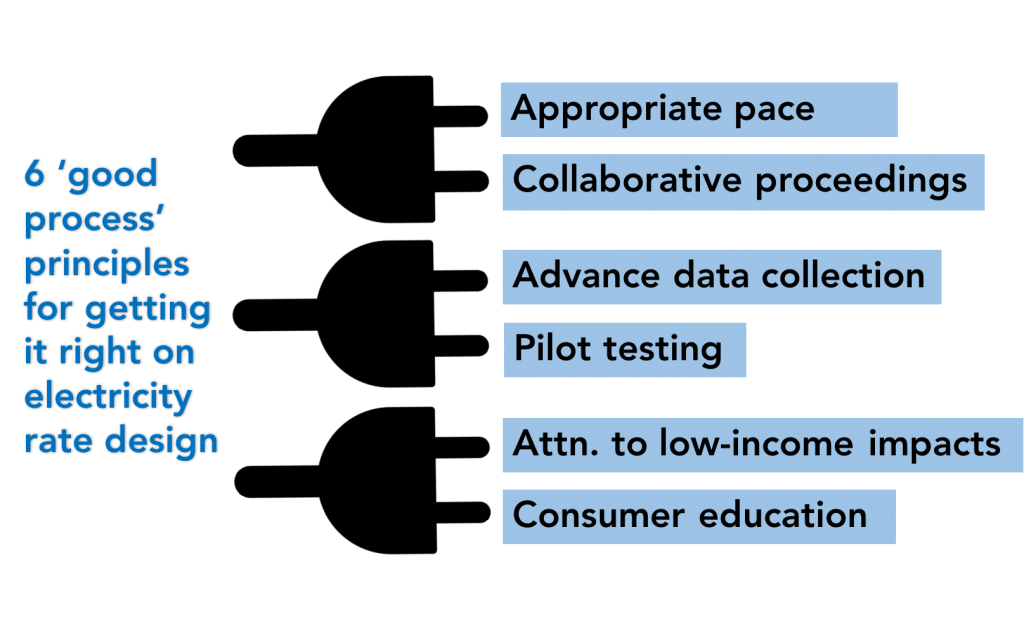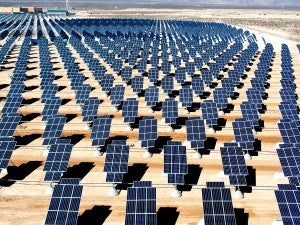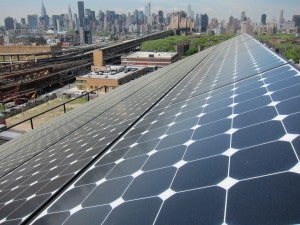 Mexican President Peña Nieto today formalized Mexico’s plan to join the U.S. and Canada in making oil and gas methane reductions a national priority, marking yet another country taking leadership to address this extremely potent greenhouse gas. The three leaders agreed that each of their countries would develop rules to cut up to 45 percent of methane escaping from across the continent’s oil and gas industries by 2025. It’s a pledge that once fully realized would have the same 20-year climate effect as taking 85 million cars off the road. Featured among a package of broader energy and climate commitments, the common methane reduction goal is a centerpiece.
Mexican President Peña Nieto today formalized Mexico’s plan to join the U.S. and Canada in making oil and gas methane reductions a national priority, marking yet another country taking leadership to address this extremely potent greenhouse gas. The three leaders agreed that each of their countries would develop rules to cut up to 45 percent of methane escaping from across the continent’s oil and gas industries by 2025. It’s a pledge that once fully realized would have the same 20-year climate effect as taking 85 million cars off the road. Featured among a package of broader energy and climate commitments, the common methane reduction goal is a centerpiece.
This announcement is a milestone for North America energy integration and cooperation. But, it’s also an important moment for Mexico. The commitments Mexico is making both in-country and as part of the continental pact on methane, distinguishes Mexico as a clear world leader on energy and climate issues, along with the U.S. and Canada. By taking advantage of low-cost, oil and gas methane reductions, Mexico can make an immediate down payment on its climate goal – cuts can deliver about 10% of the greenhouse gas reductions Mexico pledged, and all at a cost savings. The key will be implementation and what steps Mexico takes next are critical. Read More










 As a former state utility regulator, I know the difficulty of balancing competing interests in making decisions and communicating those decisions to constituents. Solutions deemed “fair” by some parties may have harsh or unintended consequences for others.
As a former state utility regulator, I know the difficulty of balancing competing interests in making decisions and communicating those decisions to constituents. Solutions deemed “fair” by some parties may have harsh or unintended consequences for others.
 Late last month, New York took a major step toward rethinking utility economics when it
Late last month, New York took a major step toward rethinking utility economics when it 
 By Cloelle Danforth and
By Cloelle Danforth and